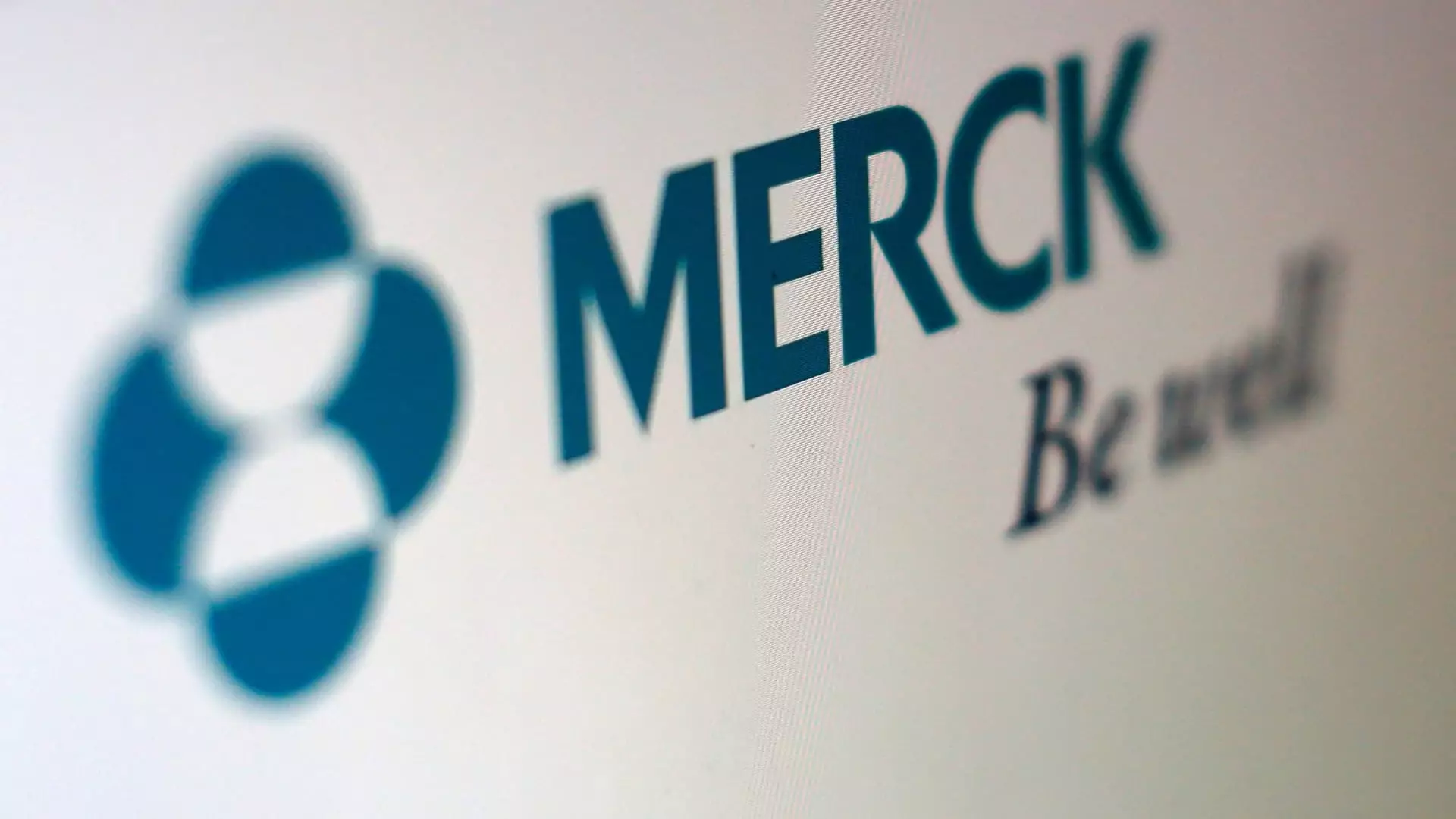The recent approval of Merck’s monoclonal antibody shot, Enflonsia, marks a significant turning point in the fight against respiratory syncytial virus (RSV), particularly among infants. This isn’t just another medicine; it represents a beacon of hope for families who have long grappled with the consequences of this perilous respiratory virus. With thousands of deaths annually in both older adults and infants attributed to RSV, the urgency for effective preventive treatments cannot be overstated. As healthcare continues to evolve, the emergence of Enflonsia feels like both a blessing and a challenge – it raises hope while also spotlighting the glaring deficiencies in our existing healthcare framework.
Competition Breeds Innovation
In a market where Sanofi and AstraZeneca’s Beyfortus previously dominated, Merck’s entrance is both timely and critical. With Beyfortus experiencing a shortfall during its peak demand last RSV season – an embarrassment for a major pharmaceutical player – the stage is set for a riveting competition. Both drugs, designed to combat the same virus but with different mechanisms and administration protocols, highlight a cyclical push in the industry: when one company falters, another rises to fill the void, promising innovation born from necessity. It’s a fierce arena where financial motivations can lead to rapid advancements in treatment, but it also begs questions about access and equality in healthcare.
The Question of Accessibility
Merck’s Enflonsia has an evident advantage over Beyfortus: it can be administered to infants without considering their weight, which could lead to faster distribution and alleviation for parents anxious about their child’s health. However, one must wonder: will this convenience translate to accessibility for families that lack robust health insurance or live in areas where healthcare infrastructure remains inadequate? If the delivery of Enflonsia comes with exorbitant costs or bureaucratic red tape, the very intention of alleviating the RSV crisis could backfire, perpetuating inequality. The stunning statistical success of Enflonsia, including an 84% reduction in RSV-related hospitalizations during clinical trials, is a remarkable selling point, but if families cannot access it, those numbers become moot.
Regulatory Hurdles and the Search for Safety
Moreover, the ongoing safety evaluations concerning RSV vaccines for young children reflect a broader dilemma faced by the pharmaceutical industry. While the excitement surrounding new treatments like Enflonsia should foster optimism, it is crucial to recognize that every gain is coupled with caution. The recent pausing of RSV shots in young children raises ethical concerns: at what point does quick innovation risk overshadow rigorous safety protocols? The implications of rushing products to market can be dire. Health safety should be non-negotiable, yet here we find ourselves, poised to celebrate advancements while simultaneously facing the shadows of inadequate testing for vulnerable populations.
Hope Amidst Uncertainty
As we stand on the brink of an RSV season, the approval and imminent availability of Enflonsia inject optimism into an often grim narrative concerning infant health. If implemented effectively, this new treatment could significantly lighten the load that RSV places on families, healthcare facilities, and the broader community. However, the healthcare system must undertake a conscientious approach to integrate this treatment into everyday practice, ensuring that it reaches the families that need it most.
The market has spoken: the demand for effective treatments against RSV is an unmistakable roar from the public, pleading for a solution. Yet, while Merck may bask in the glow of approval, it is incumbent upon us, as a society, to scrutinize whether this latest advancement truly prioritizes public health over profit margins. Will we emerge from this dilemma stronger as a healthcare community, or will we find ourselves mired in the familiar pitfalls of inequality and hesitancy? Only time will tell, but the stakes have never been higher.

